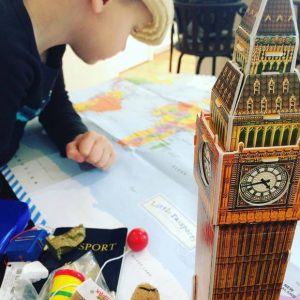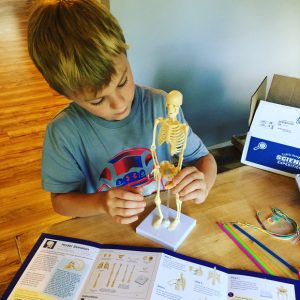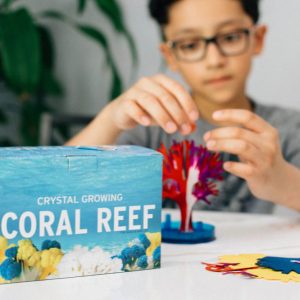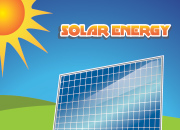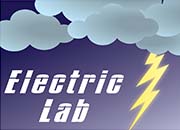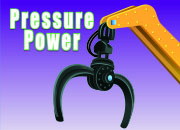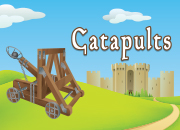Welcome to Science Expeditions Extras!
Dive deeper into your science kit’s theme and experiments. This month, learn a little extra about solar energy.

Solar Energy
 Countries around the world, like China, Germany, India and the US, are turning to solar power plants for cleaner energy. In 2016, India developed one of the largest solar power plants in the world. Located at the southern tip of India, the Kamuthi Solar Power Project is a giant “Sun farm.” The farm covers more than 2,500 acres and connects more than 2.5 million solar modules (groups of solar cells) with over 3,500 miles of electrical cables. The plant is designed to supply clean, “green” energy to make enough energy for 750,000 people every year.
Countries around the world, like China, Germany, India and the US, are turning to solar power plants for cleaner energy. In 2016, India developed one of the largest solar power plants in the world. Located at the southern tip of India, the Kamuthi Solar Power Project is a giant “Sun farm.” The farm covers more than 2,500 acres and connects more than 2.5 million solar modules (groups of solar cells) with over 3,500 miles of electrical cables. The plant is designed to supply clean, “green” energy to make enough energy for 750,000 people every year.
Work through your experiments to learn about the power of the Sun. Watch a tutorial video on how to build your solar-powered car. If you get stuck, follow Aunt Charlie’s experiment tips below. Discover more about solar energy by downloading a printable and flipping through the gallery to see how solar energy is used around the world.
Gather these household items from the list below before you begin your experiments. Check off items as you go or print the list here. All other materials are included in your kit.
Solar-Powered Car
felt tip markers
3 small coins
tape
Spectroscope
tape
a variety of light sources
rubber band (optional)
Ultraviolet Impact
permanent marker
sun protection (sunscreen, hat, etc.)
Fun Facts
The Sun generates most of the heat on Earth. Without it, the Earth would reach -400 degrees Fahrenheit.
The word “solar” comes from the Latin word “sol,” meaning Sun.
Solar energy was first used thousands of years ago. In ancient times, people started fires by using glass lenses to magnify the Sun’s rays.

Aunt Charlie’s Corner
Expert tips to complete this month’s science experiments!
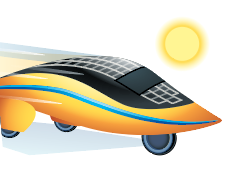 Solar-Powered Car
Solar-Powered Car
Watch this experiment!
- Safety first: Tape together wire ends of the same color to help ensure the black and red wires don’t touch each other.
- Place three small coins on the corner of the car opposite your motor. This helps the car stay balanced.
- Be careful where you place the tape. The tape could interfere with the wheels’ movement.
- Adjust the top of the car to make sure it doesn’t interfere with the wheels or touch the ground/surface. Either could slow down your car.
- Avoid placing too much weight on the car, as this will slow it down.
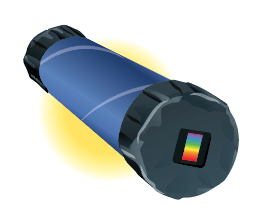 Spectroscope
Spectroscope
- Never look directly at the Sun. If you look at flames (like a lit candle or campfire) ask an adult for help and maintain a safe distance.
- Make sure the slit between the sticker halves is very narrow and no more than 2 millimeters wide.
- Place a rubber band around the stickers to help secure them to the tube.
 Ultraviolet Impact
Ultraviolet Impact
- The beads are very sensitive to light. Keep the beads out of sunlight until you’re ready to begin the experiment.
- Dunk the beads in cold water or cover them with dark fabric to return them to their clear/white color.
- Try many different kinds of sun protection to compare results. When testing sunscreens, cover the bag — not the beads — with lotion.
Print and Play
Build a clay model of the Sun from the inside out to learn about the layers of this special star.
Photos
Look at a few uses of solar energy around the world!
Flip through the gallery.
Explore More
Click a button below to learn about another science theme.
We Our Community
